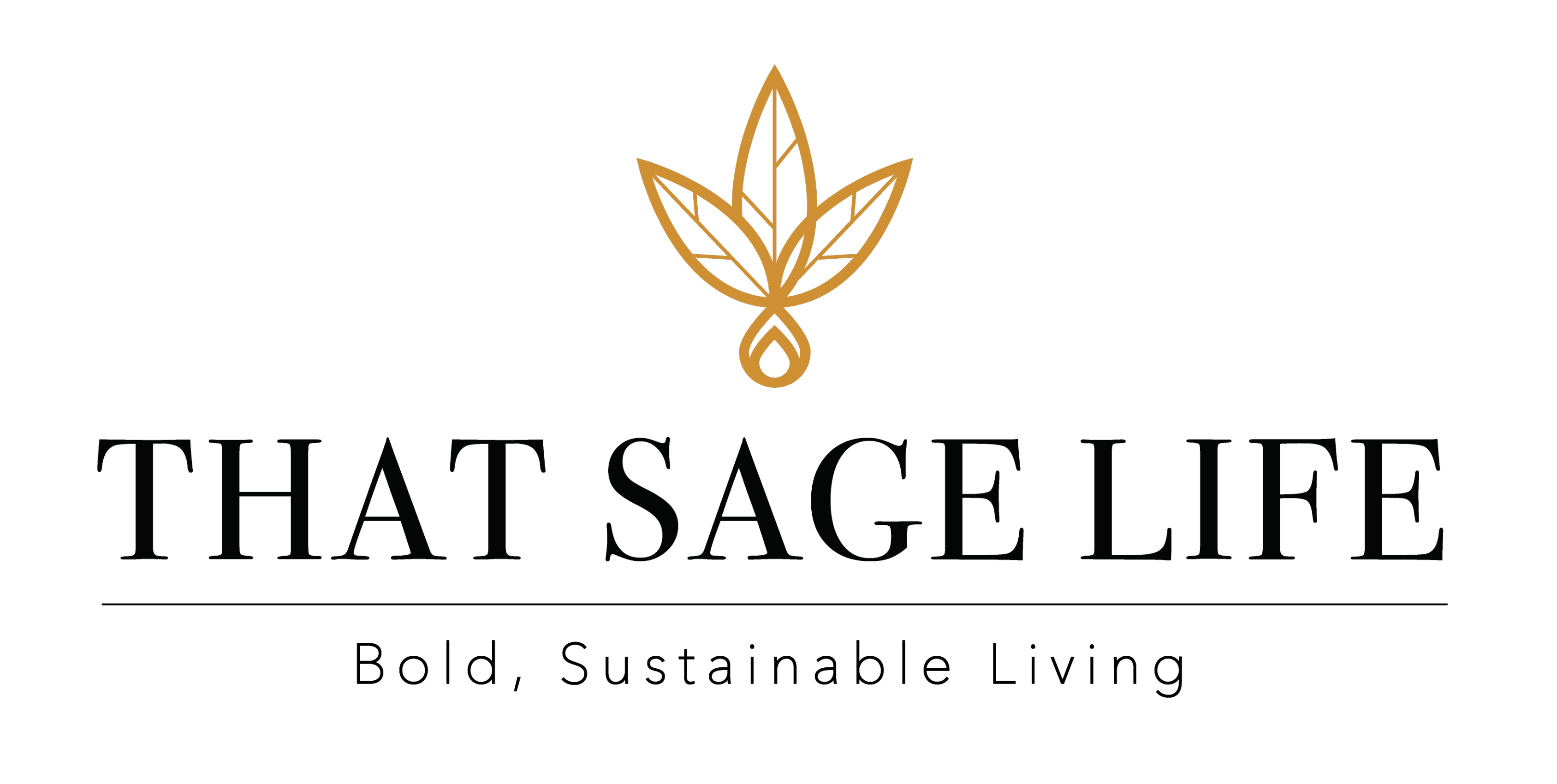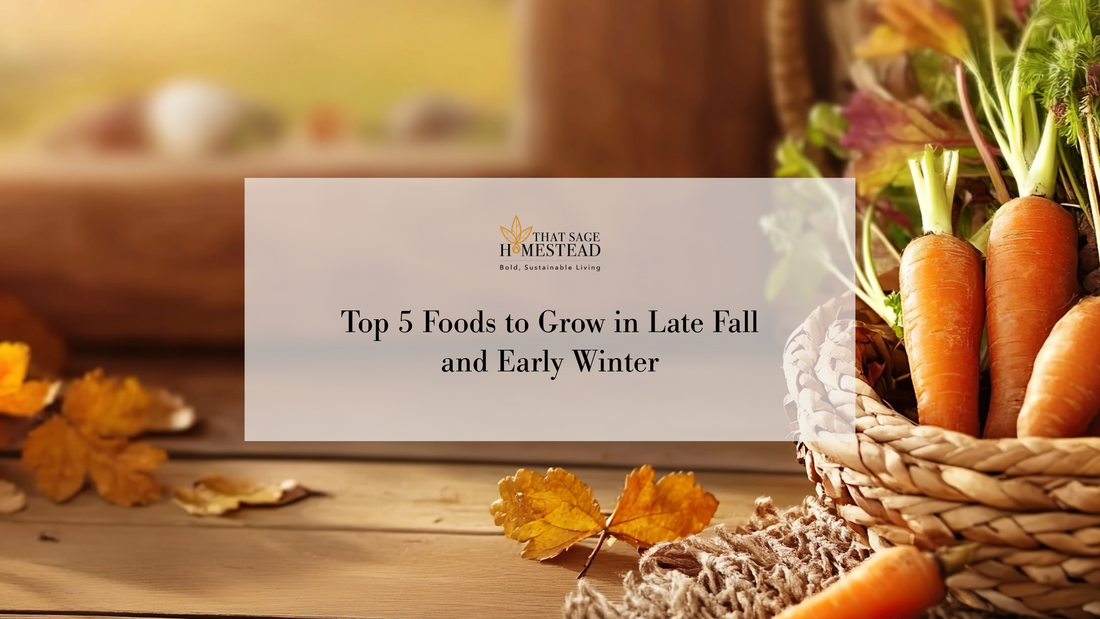Top Foods to Homestead from October to December: A Late-Season Guide
Even as the growing season winds down, homesteaders can continue harvesting fresh, nutrient-rich foods. Fall and early winter offer a unique opportunity to grow hearty crops that thrive in cooler temperatures. By focusing on frost-tolerant, fast-growing, and long-storing foods, you can enjoy a productive garden from October through December—even in colder U.S. zones.
This guide highlights the top five crops for late-season homesteading, offers insights into opportunities and challenges of fall and winter growing, and provides a practical zone-by-zone planting reference.
Top 5 Foods to Grow in Late Fall and Early Winter
1. Kale 🥬
Kale is hardy, nutrient-dense, and its flavor improves after light frost. It grows well in USDA Zones 3–10. Plant in late summer or early fall for harvests that continue through December. Use row covers in colder zones to protect from frost.
2. Garlic 🧄
Planting garlic in the fall allows strong root development over winter, with harvest ready next summer. Best suited for USDA Zones 3–8, cloves should be planted 4–6 weeks before the ground freezes. Mulching with straw helps protect against harsh cold.
3. Carrots 🥕
Carrots can sweeten after frost and store well throughout winter. They thrive in USDA Zones 3–9. Sow in late summer or early fall, and protect with row covers or cold frames in colder climates.
4. Brussels Sprouts 🥦
Frost improves the taste of Brussels sprouts. Ideal for USDA Zones 3–9, start seedlings in mid-summer for a fall harvest. In northern regions, growing them in movable containers can help protect from extreme freezes.
5. Spinach & Other Leafy Greens 🌱
Spinach, Swiss chard, and mustard greens tolerate cool temperatures and supply fresh greens when other crops are scarce. Best for USDA Zones 4–9, they can be sown in late summer or early fall, and cold frames or row covers extend their harvest into December.
Bonus Crops: Beets, winter squash, and pumpkins store well, providing fresh food and nutrients through the winter months.
Opportunities and Challenges of Fall & Winter Homesteading
Growing crops in cooler months comes with both rewards and considerations:
Opportunities:
-
Frost-Enhanced Flavor: Many cool-weather crops, like kale, Brussels sprouts, and carrots, taste sweeter after light frost.
-
Extended Harvest: Row covers, hoop houses, and cold frames allow fresh produce even when most gardens have gone dormant.
-
Soil Preparation for Spring: Fall planting or cover crops (like winter rye or clover) enrich the soil for next year.
-
Pest & Disease Reduction: Cooler temperatures naturally slow pests and diseases.
Challenges:
-
Shorter Days & Lower Light: Reduced sunlight can slow growth; place crops in the sunniest areas and use reflective surfaces when possible.
-
Frost & Freezing Risk: While many crops tolerate frost, heavy freezes can damage plants—timely harvesting and protection are key.
-
Slower Growth: Cold slows plant metabolism, requiring patience.
-
Limited Crop Variety: Only frost-tolerant or fast-growing crops thrive in late fall and early winter.
Homestead Planting & Harvest Guide by Zone
| Crop | Zones 3–5 (Cold North) | Zones 6–7 (Temperate Mid) | Zones 8–10 (Warm South) | Notes / Tips |
|---|---|---|---|---|
| Kale | Harvest; protect with row covers | Harvest through December | Grow in shade; may bolt if too warm | Frost enhances flavor |
| Garlic | Plant cloves before first freeze; mulch heavily | Plant in October | Plant mid-October | Harvest next summer |
| Carrots | Harvest stored carrots; sow under row covers | Sow late summer for fall harvest | Sow mid-October for mild winters | Mulch to protect from frost |
| Brussels Sprouts | Mature plants for harvest; frost improves taste | Harvest through December | Grow in partial shade | Start seeds mid-summer |
| Spinach / Leafy Greens | Sow in cold frames; harvest gradually | Sow late September–October | Sow October; bolt risk lower | Use row covers to extend harvest |
| Beets (Bonus) | Sow late summer; harvest late fall | Continue harvest; store roots | Sow October for winter harvest | Roots store well |
| Winter Squash / Pumpkins (Bonus) | Harvest late fall; store in cool, dry space | Harvest late fall | Harvest late fall | Excellent storage crops |
Tips for All Zones:
-
Use cold frames, hoop houses, or row covers to extend harvests.
-
Plant fast-growing greens multiple times for continuous supply.
-
Store root vegetables and winter squash in cool, dry spaces to maximize shelf life.
Closing Thought
Even as the growing season slows, fall and early winter homesteading offers abundant opportunities. By focusing on hardy, frost-tolerant crops like kale, Brussels sprouts, garlic, carrots, and leafy greens, and using season extenders when needed, you can enjoy fresh, homegrown produce from October through December. Embrace the slower pace, protect your crops, and savor the satisfaction of eating fresh, seasonal food straight from your homestead.

